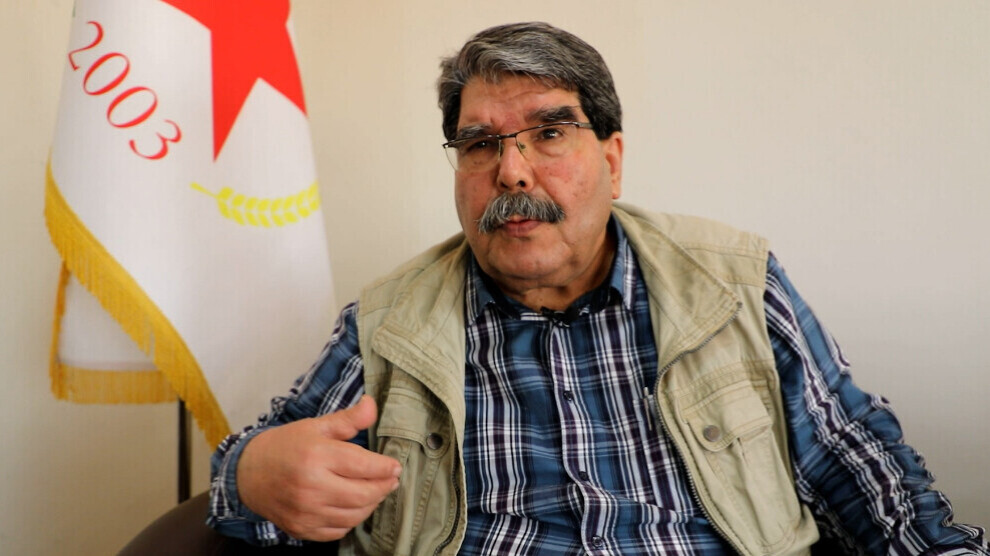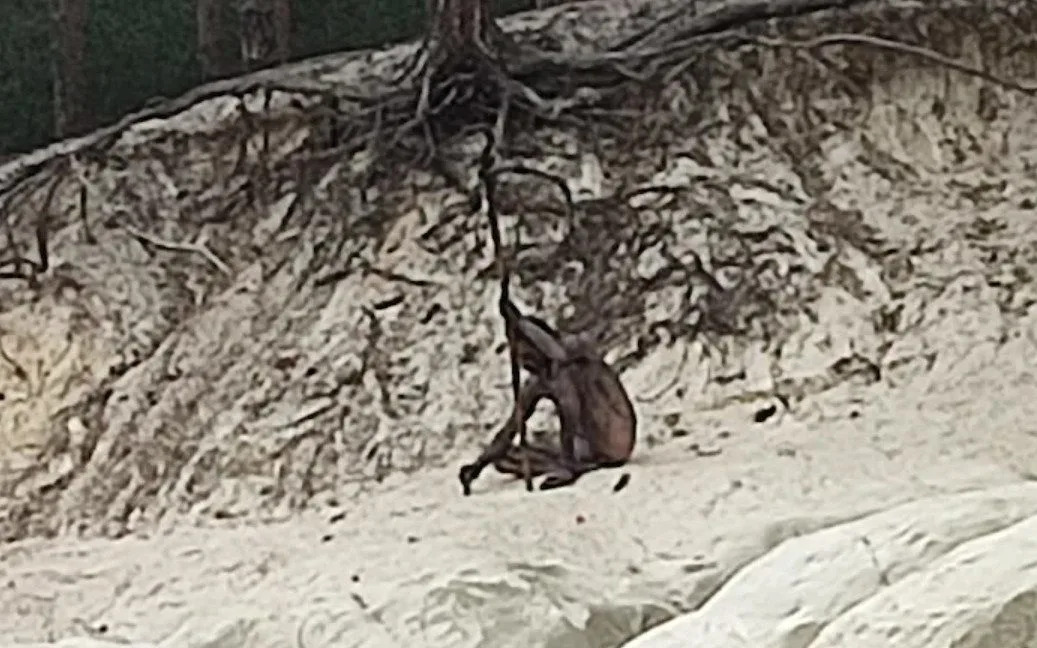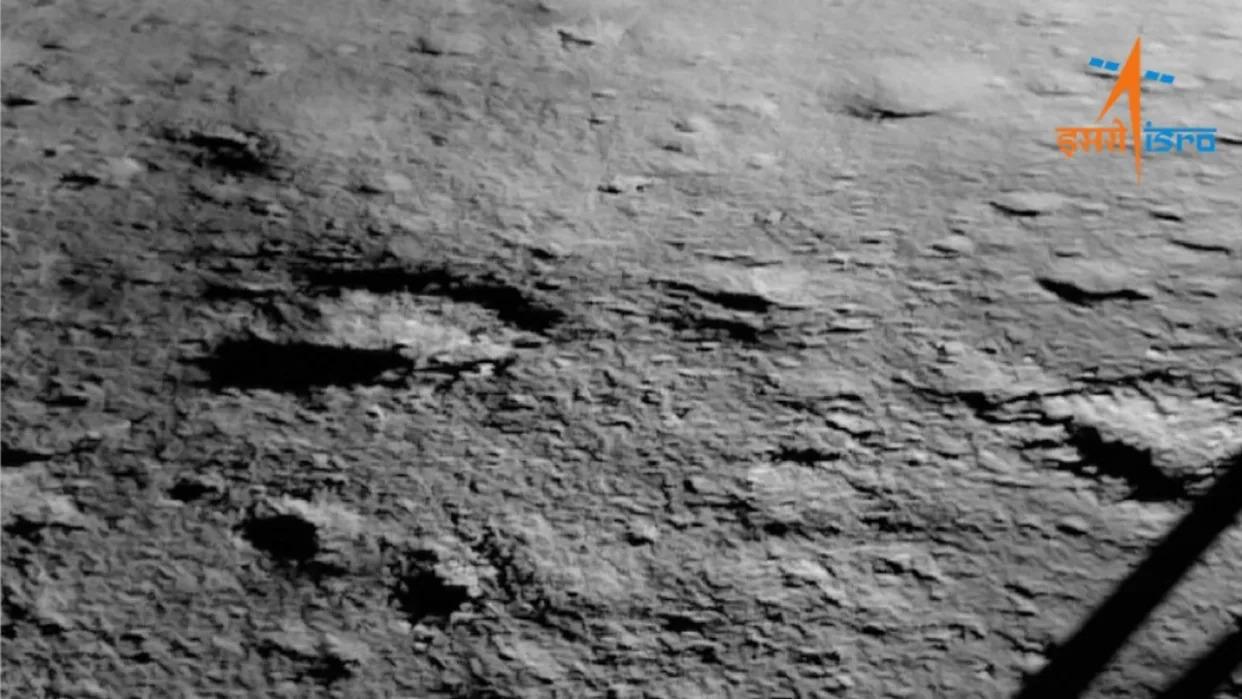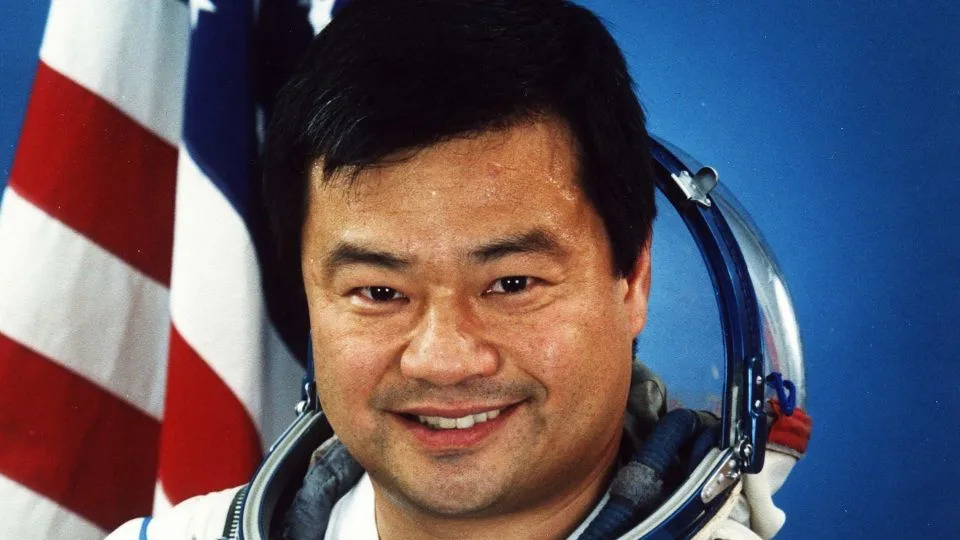Death on K2: Inside the world of elite mountaineering, where normal rules don’t apply
OPINION
Here we go again, a roll of the eyes, but sadly no surprise. Like many mountaineers, I suspect there will be a grim resignation to hear that once again, climbers hell-bent on the summit are accused of walking past someone dying in order to get to the top.
Video footage has emerged this week of climbers on K2 apparently walking past porter Mohammed Hassan, who had fallen at 8200 metres, and not going to his aid. Particular anger has been aimed at Norwegian Kristin Harila, who was in the middle of a record-breaking climb and was seen to celebrate when she reached the summit.
But we’ve been here before. In 2006, the New Zealand double-amputee Mark Inglis conceded that on his way to the summit of Mt Everest, he and his party had passed the dying English climber David Sharp. The furore that erupted caught him by surprise, and shone a light on the unsavoury side of elite mountaineering.
Inglis was even castigated by none other than legendary mountaineer Sir Edmund Hillary, who expressed dismay, saying his world-first climb of Everest in 1953 would have been abandoned if a man’s life had been at stake. “It was wrong, if there was a man suffering altitude problems and huddled under a rock, just to lift your hat, say ‘good morning’ and pass on by,” Hillary said at the time.
/cloudfront-ap-southeast-2.images.arcpublishing.com/nzme/X65GOV3QERFPTBBEX2JOIGLNBY.jpg)
“I think it was the responsibility of every human being. Human life is far more important than just getting to the top of a mountain. My expedition would never for a moment have left one of the members or a group of members to just lie there and die while they plugged on towards the summit.”
Everest does, of course, tend to be the focus of these kinds of stories. It was in 1996 that a huge storm ripped through the mountain, killing eight climbers who’d signed up on commercial expeditions. The disaster story was turned into a best-selling book, Into Thin Air, by one of the survivors, Jon Krakauer. Another, Beck Weathers, wrote his own account, Left for Dead, after he was forced to fight his own way off the mountain.
Every May, during summit season, stories emerge of overcrowding, of huge lines of climbers following fixed lines of ropes. There are tales of commercial clients who don’t even have a basic grasp of mountaineering setting off for the summit, who don’t know how to put on crampons or hold an ice axe correctly.
But until now, these kinds of stories were confined to Everest. Not anymore. Today, these incidents are happening on all 14 of the 8000m mountains (“the 8000ers”), including K2, once considered the preserve of only the most elite and hardy climbers on account of its risk and difficulty.
Known as the Savage Mountain, it’s lower than Everest at 8611m, but it’s a technical climb from the start - at least it used to be, before the commercial guiding operators moved in. They now rig the mountain with lines of fixed rope.
/cloudfront-ap-southeast-2.images.arcpublishing.com/nzme/KSJ6THVMLNEQPL6FGX5M4D6YDE.jpg)
“As far as I’m concerned, mountaineering has ended on the 8000ers,” says Stephen Venables, the first Briton to summit Mt Everest without oxygen. “It’s become a monopoly of slick-operated cartels escorting people to their trophies, which to my mind has nothing to do with mountaineering.”
It’s changed even in the past few years, says the British climber Kenton Cool, who guided a client to K2′s summit in 2021. “If you look at the likes of Reinhold Messner, the first person to climb all 8000ers, it was more of a spiritual journey. Now we see more and more people are attempting these things with large amounts of logistical support, Sherpa support, fixed lines, oxygen, and it becomes, to an extent, a box tick - something they can put on the ‘Gram, and [a way to] associate themselves with the practitioners of the past.”
The climber Nick Hollis, who summited Everest in 2019, has also observed the adverse influence of Instagram. “During my time, the appeal for a significant proportion of mountaineers is the Instagram photo - and the fame. They’re in it for the glory as opposed to the experience of being there.”
The result, says Greg Moseley, mountain commission president at the international mountaineering federation, the UIAA, is people who shouldn’t be there - and people who wouldn’t know how to respond to a situation if one occurred.
“These adventure tourists that go up 8000m peaks,” says Moseley, “and most notably the big ones like Everest and K2, know nothing of the history and ethics of mountaineering.”
This is the background to the recent events on K2. Not surprisingly, Kristin Harila has been a lightning rod for criticism. Her July 27 summit marked the culmination of a remarkable - and controversial - record attempt to climb all 14 mountains over 8000m within three months - supported by helicopters, oxygen, slick logistics and funding. She succeeded in completing the feat in just over three months, beating the previous record set by the former Gurkha, Nims Purja.
But helping others in the mountains is one of the unwritten codes of mountaineering, says Moseley.
“If someone’s in trouble, it doesn’t matter what the problem is. If someone is lying there in the snow, you cannot leave him there. The chances of getting him down in a rescue may be effectively nil. But the least you can do is stay with him, hold his hand, talk to him. It’s basic humanity.”
Hollis says when he came across a body after climbing Everest, he instinctively shook the dead man’s shoulder. “It was frozen solid. I later discovered he died that morning. If I’d been able to assist, I would not have gone on - not a chance. I would not have been able to live with myself.”
Part of the problem, says Andy Syme, president of the British Mountaineering Council, is that clients on commercial expeditions are not bonded by camaraderie. “When people used to climb Everest, they were teams of friends. Consequently, they were very invested in trying to save their friends, whereas now they’re just brought together for a particular purpose, and they’re not very invested in each other.”
Harila has fiercely rejected the claims: “It is simply not true to say that we did nothing to help him,” she told the Daily Telegraph. “We tried to lift him back up for an hour and a half, and my cameraman stayed on for another hour to look after him. At no point was he left alone.”
Other seasoned high-altitude climbers are inclined to give her the benefit of the doubt. “Did they know he was dying when they were looking through their fogged-up goggles in a high-altitude miasmic confusion?” asks Venables. “Above 8000m, your mind is not functioning at your tip-top best, that’s for sure. On the one hand, everything seems bright and beautiful, but you’re viewing the world through a hypoxic fog which dulls rational decision-making. It’s easy to understand people not making clear moral decisions.”
British climber Alan Hinkes, the first Briton to summit all 8000ers - a feat he completed in 2005 - is also prepared to cut Harila some slack. “I think it’s a bit much to blame Harila and Tenjen. There were scores of other expeditions, and I think people did what they could. If you’re not walking wounded, your chances are slim. It’s not really possible to stretcher a person down. In Britain, you need eight people to carry a stretcher and eight to rotate.”
He added that it seemed the porter was ill-equipped and not very experienced. “Obviously he wasn’t sent there at gunpoint, but there’s still a duty of care for whichever expedition had let him go up.”
Perhaps the real question in all this is K2′s continued appeal to climbers. Although he’s climbed Everest 17 times, Cool says K2 is one of the most special expeditions he’s done. “The line is beautiful. The history is incredible. Yes, there is a level of fear and anxiety when you’re underneath the bottleneck, knowing that it really is Russian roulette, but the vista looking out across the Karakoram... It even makes the view from Everest look a little benign. And don’t forget the Pakistani people. They’re some of the most generous-hearted, fun-loving and hard-working people I’ve met.”
K2 gets its reputation from its fierce fatality rate, which once stood at 25 per cent, and from being more prone to bad weather and avalanches than Everest. It famously claimed the life of the British climber Alison Hargreaves and five others in a brutal storm in 1995. But in recent years, the rate has dropped significantly as the mountain has become more tame. In 2022, only three climbers died on the mountain, 1.6 per cent of successful summits.
In fact, the talk among seasoned high altitude climbers is not Mohammed Hassan’s death, but the fact that at present, it seems his is the only one this season on the mountain.
The real fear is what happens if a huge glacial wall of ice that teeters above a zone called the “bottleneck” breaks. “That’s a tragedy waiting to happen,” warns Hinkes. “Or if there’s a storm like there was in ‘86 or ‘95 - there’s the potential for a vast amount of deaths.”















